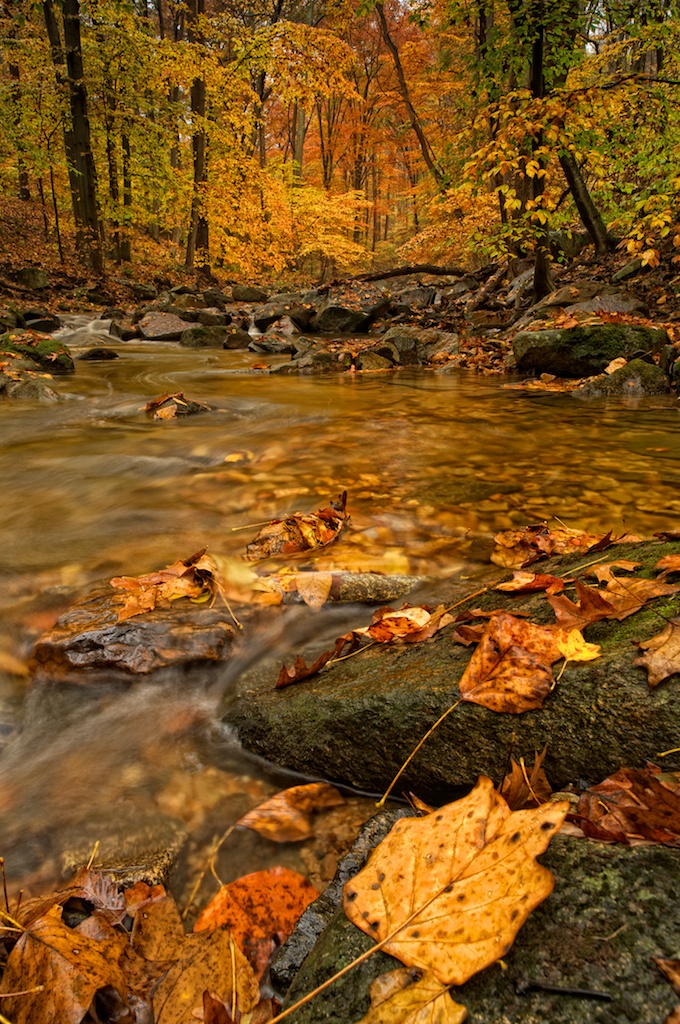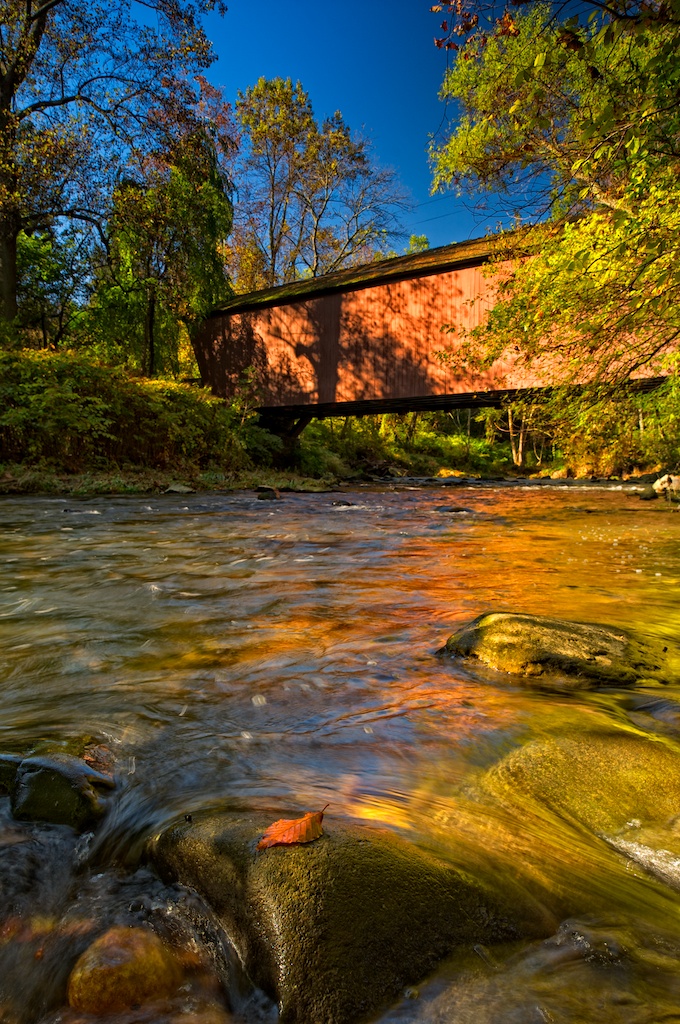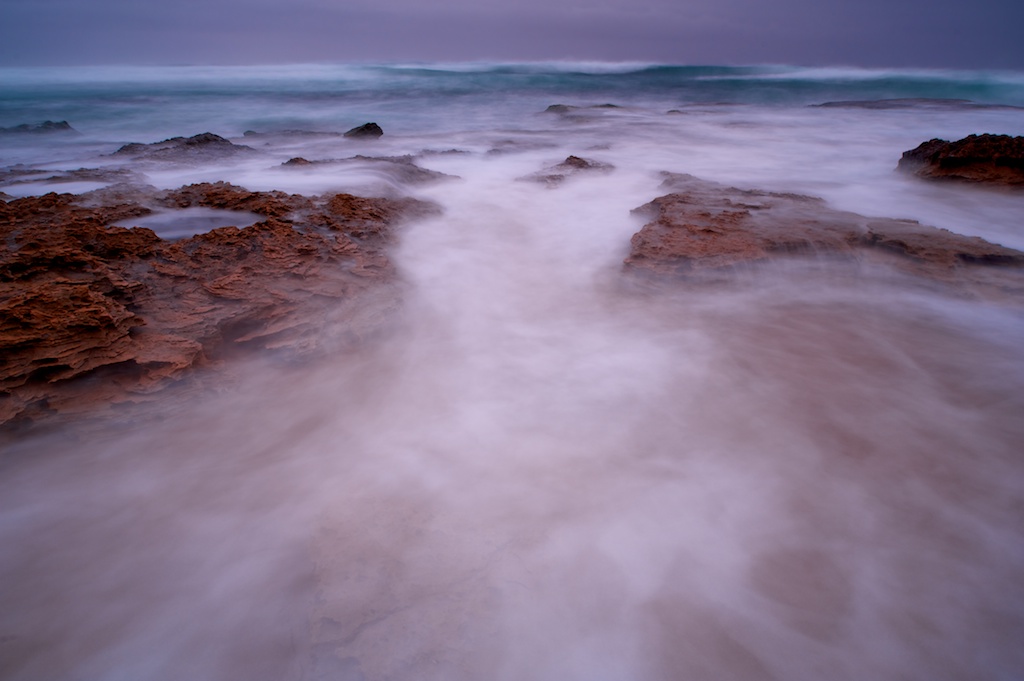
Wet & Wild
I’m all wet. I admit it. Part of my job sometimes involves getting into water up to my waist to capture a scene. But when I notice that someone with a camera is watching me, I shudder with angst that by following my example s/he might get into trouble… which prompts this blog.
Summertime invites water images, but taking an image while standing in water is fraught with difficulty and danger. I never, ever take such shots casually. I take prudent precautions and preparations. I always weigh the risks carefully before making a decision. Even then, I am constantly reconsidering, looking for a land-based angle, even as I’m pressing the shutter. With summer here in full force, people are more prone to try to ‘immerse’ themselves in their photography (forgive the pun… please!).
What I’d like to do here is give some advantages and disadvantages to shooting while in water and then offer some tips and suggestions.
Advantages
You’re in the thick of it. Like recording a forest scene, being right in the water gives you a feel that no other vantage point can quite achieve. There is usually a sense of separation when photographing water scenes from land. The immersive experience brings your viewer right into the element.Unique perspectives. Often a photographer cannot quite get the right framing unless s/he steps into the water. Leaves are in the way, a branch obstructs the view, or that stream bank is too high. Getting into the water opens up new possibilities.
Terrific foreground elements. By going into the water you can choose the scenes that give you powerful foreground elements.

Disadvantages
Shooting in water can be dangerous. Think currents, waves, riptides, splashing, and slippery rocks. None of them are great for your gear or body. A few months ago my assistant, Bob, slipped on a muddy rock in a stream we were photographing and was badly hurt. I was recently bowled over by the rogue wave you see in the distance while I was in Australia taking the following image (click on image to enlarge it). Fortunately I was able to hoist my tripod over my head and I landed on my feet on the sand. Whew! Close call.
Water hides a multitude of evils. Water holes can hide deep drop-offs. You’ll be wading one moment and literally with the next step find the water above your head. Not a good thing to happen when you’re holding a fortune in gear. Water can also hide creepy-crawly bad things. In North Carolina I once had a cottonmouth glide by me. My most serious bear encounter occurred when I was photographing in a shallow stream for an hour. I did not notice the bear grazing on shore just fifteen feet from me. Nor did he notice me until I stood up. Fortunately he was more interested in the berries.
Moving water carries debris. These objects, from barrels to logs, can knock you off your feet or topple your tripod.
My Tips
Be physically fit. That includes having good balance, even practicing balance on a ski board or one of those ball and tray devices you find in a gym. Also, cold water can be a shock to the system, so make sure you are cardiac healthy.Wear great shoes. Note, I do not say good shoes. If I’m going to do water shots, I wear either high quality soft-rubber bottomed, high boots (I use Muck Boots) for shallow water in creeks or else serious water shoes (hard to beat my Keen’s). If I know I’ll be in knee-deep to waist-deep water, I’ll go with my dependable, rugged Orvis waders.
Keep your feet under you. Balance is everything in water. Currents and wave action can pull your feet from under you. Do not over-step. Take small steps, recover your balance and then take another. Feel the rocks under your feet before putting down all your weight. I call it the water shuffle.
Wear quick-drying clothing. When I know I’ll be shooting in water, I use quick drying fabrics, even down to my underwear (Ex Officio is great).
Bring a change of clothes. This is a tricky one, since if you backpack to a spot you want to minimize gear. I only do this if I suspect I’ll need to dip into a stream in Fall or winter where I’m concerned about hypothermia. If I do wade into a winter stream, I almost always use my waders, which keep me warm and dry.
Use a tripod. Mount your camera on a tripod and extend the legs far enough to be well above the water line and the splash zone. Use a shutter release, too. Chances are if you’re shooting in a stream the overhead canopy will cause more shade and require you to use a slower shutter speed anyway. That’s good for smoothing the flow of water, too. At times I will use my tripod legs to test water in front of me for drop-offs. Also, if you do take a spill while photographing, your camera gear will remain dry.
Perform a bend-over test. Not to make a pun, but one of the things that gives me a sinking feeling is when I’m bent over my camera and tripod and realize that my focus loop, or my hand meter or something else that is dangling from my neck or waist is now below water. Nowadays I do a bend-over test before taking my first step into the water.
Use waders wisely. Waders are a photographer’s best friend for water shots. I prefer chest-high waders, but some of my colleagues prefer thigh highs. I never put on my waders until I am literally ready to step into the water. That precaution minimizes the chances of tears. I prefer a felt sole bottom so I can feel the rocks I’m stepping on, but other people prefer rubber boot bottoms. My modus operandi in winter is this: I get to the stream’s edge and get all my equipment set up on my tripod. Then I spread out a small piece of nylon tarp material. I stand on it and remove my hiking boots, keeping them dry. With my thick wool socks on, I slip into my waders. Then I reverse the procedure when I return, giving me dry feet for the rest of the day. My waders roll up into a bag that attaches to the bottom of my backpack. Also, be sure to cinch the waist belt on your chest waders before going into the water. If you accidentally trip and ship water, your waders won’t fill.
Use chest pockets. I move all my accessories- filters, tele-extender, microfiber cloth for occasional splashes, etc- out of my pants pockets and into chest pockets. I also have a waterproof canoe bag that I attach to my vest shoulder snaps.
Slow motion. Never move quickly while in water. Think first. Move slowly and deliberately. Think about your equipment placement.
Avoid raging water. Swollen spring streams are no time to wade in. Flash floods can occur in seconds. Swift water plays havoc on balance and will cause camera shake even when your camera is tripod mounted.
Beware muddy bottoms. The most difficult shooting I experience is while stuck in muddy bottoms. Mud tends to suck onto your boots, literally immobilizing you. I have had to remove my boots or waders, get my camera back to shore and return to pull out my waders. I quickly became hypothermic. Fortunately my car was close by.
Soak in the moment. Above all else, take time to revel in the Zen of what you are doing.
While I’m in water I feel most immersed in my work, and I’m not being facetious. I love what I do, but when I’m in water capturing a scene I feel connected to the natural order in a very special way. I never take that blessing for granted.